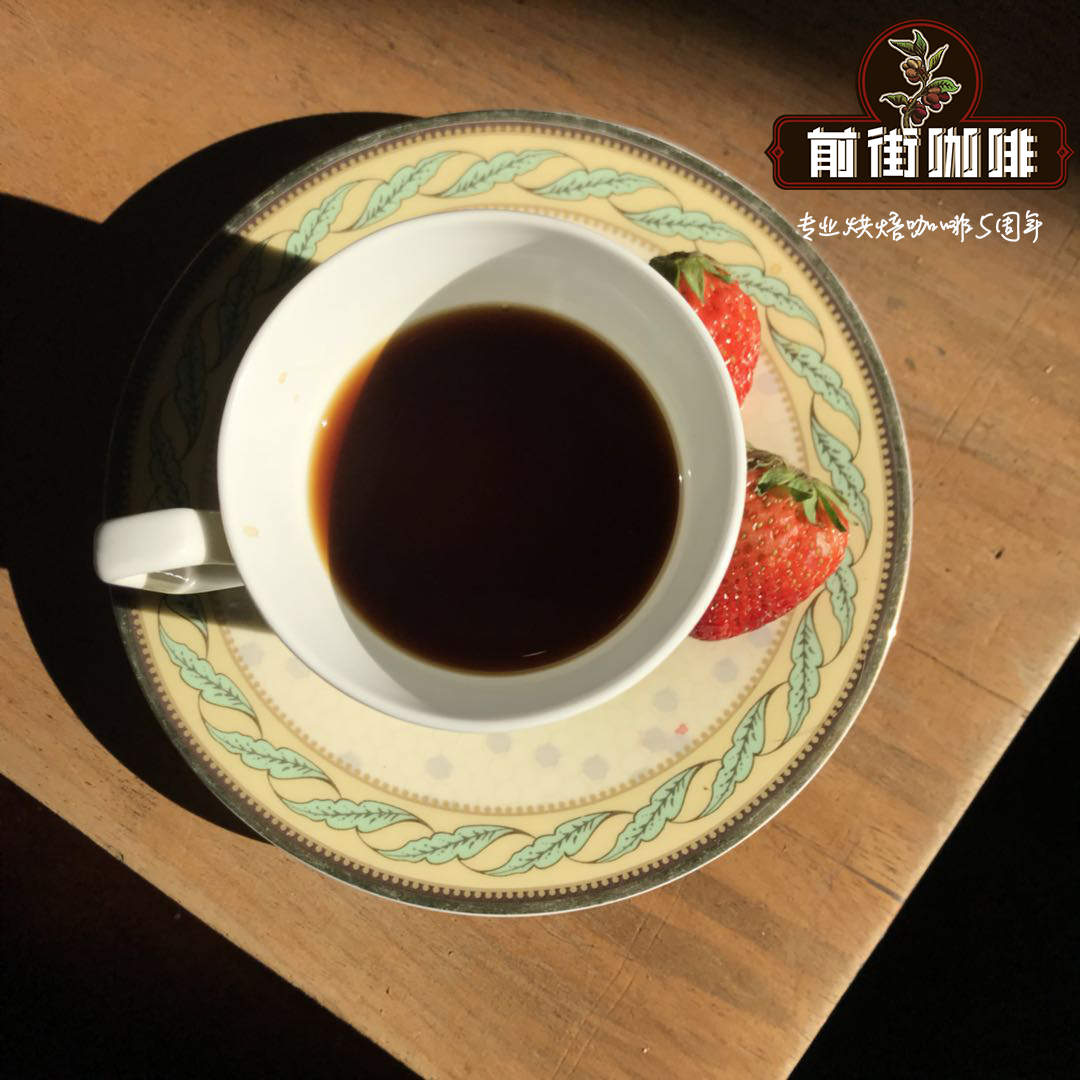Flavor characteristics of Ethiopian coffee producing areas what are the famous coffee producing areas of Ethiopian coffee

Professional coffee knowledge exchange more coffee bean information please follow the coffee workshop (Wechat official account cafe_style)
Ethiopia is undoubtedly one of the most important producing areas in the field of boutique coffee. You can easily find the word Ethiopia on almost all roasters' lists and almost never miss the podium in various coffee competitions. For example, winning the first prize in the "good Food Award" is regarded as one of the main countries of origin of the Crown Jewels series. As a buyer of Royal Ethiopian coffee, I have the opportunity to explore this coffee paradise in depth. Whenever I receive the top washed and tanned coffee from Ethiopia in the new season, it is hard for me to restrain my excitement. In addition to feeling the taste of coffee, considering their appropriate use, and asking about production methods, one of the issues I am most concerned about is the geographical environment in which Ethiopian coffee grows. The geographical environment of Ethiopia is very complex, because Ethiopia is a multi-ethnic country, so its region is basically divided by cultural characteristics and language, intricate and interlaced. It is very similar to the division of the Soviet regime in Central Asia.
In order to enable you to have a better understanding of the administrative division of Ethiopia, we need the help of some materials and information. Although Ethiopia has been in a state of political instability for many years, and there may be changes in the future, it is hoped that the disambiguation of this article will help to understand the basically tribal administrative divisions formed throughout Ethiopia at this stage, and the names of these areas can often be seen in coffee from Ethiopia every year. For example, Ethiopia, Yega Xuefei G1, Kirchell, Xeritu.
There is also a historical story about the discovery of Ethiopian coffee:
In the mountains of Kafa in the Qima region of southwestern Ethiopia, a wild shrub bearing small red fruits grew. A shepherd kept making noise when he found that his goats had eaten the bush fruit. As a result, he also curiously took some off and chewed it in his mouth, and soon felt excited, because he chewed too much and he was in a state of ecstasy. When the news reached a nearby Orthodox monastery, a group of monks chewed with curiosity and had the same effect. So monks from all sides came to pick and chew this extraordinary "magic" little red fruit, so excited that they could not sleep for a long time, thus affecting their normal religious activities. So the church regarded the small red fruit as a "devil bean" and banned its followers from eating it. Therefore, for a long time after coffee was discovered, Ethiopians did not eat coffee and did not know how to make coffee and tea.
When coffee was first discovered, the wild shrub had no name. The local people named him after the "Kafa" where he grew up. In the future, the name of "coffee" in the world evolved from "Kafa".
Ethiopia's geographical environment is very suitable for coffee growth. People here use traditional planting methods to grow coffee, artificially care for coffee trees, use organic fertilizers, and do not use harmful pesticides and herbicides. Most of the coffee produced by Ethiopia is organic coffee. The coffee beans of Ethiopia are small, fragrant and sour like wine, so they are loved by coffee lovers.
Important Notice :
前街咖啡 FrontStreet Coffee has moved to new addredd:
FrontStreet Coffee Address: 315,Donghua East Road,GuangZhou
Tel:020 38364473
- Prev

The species of Geisha was discovered in the forest of Ethiopia in 1931.
Professional coffee knowledge exchange more coffee bean information Please follow the coffee workshop (Wechat official account cafe_style) the species of Geisha was discovered in the rose summer forest of Ethiopia in 1931 and sent to the Coffee Institute in Kenya; it was introduced to Uganda and Tanzania in 1936 and in Costa Rica in 1953. Panama was founded in the 1970s by Dongba Qinong.
- Next

The origin of Ethiopian coffee is the quality of Ethiopian coffee good Ethiopian coffee brand
Professional coffee knowledge exchange more coffee bean information please follow the coffee workshop (Wechat official account cafe_style)
Related
- Detailed explanation of Jadeite planting Land in Panamanian Jadeite Manor introduction to the grading system of Jadeite competitive bidding, Red bid, Green bid and Rose Summer
- Story of Coffee planting in Brenka region of Costa Rica Stonehenge Manor anaerobic heavy honey treatment of flavor mouth
- What's on the barrel of Blue Mountain Coffee beans?
- Can American coffee also pull flowers? How to use hot American style to pull out a good-looking pattern?
- Can you make a cold extract with coffee beans? What is the right proportion for cold-extracted coffee formula?
- Indonesian PWN Gold Mandrine Coffee Origin Features Flavor How to Chong? Mandolin coffee is American.
- A brief introduction to the flavor characteristics of Brazilian yellow bourbon coffee beans
- What is the effect of different water quality on the flavor of cold-extracted coffee? What kind of water is best for brewing coffee?
- Why do you think of Rose Summer whenever you mention Panamanian coffee?
- Introduction to the characteristics of authentic blue mountain coffee bean producing areas? What is the CIB Coffee Authority in Jamaica?

